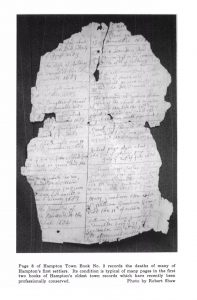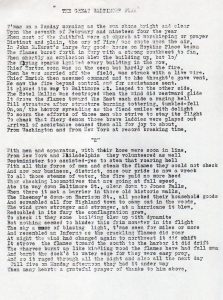
We recently added a new database to AmericanAncestors.org, Dartmouth, MA: Quaker Records, 1699-1920. This database is a collaboration between the New England Historic Genealogical Society | American Ancestors and the Dartmouth Historical and Arts Society (DHAS).
DHAS has digitized and is transcribing the original record books for the Dartmouth monthly meeting of Friends (Quakers). These transcriptions and the images of the manuscripts will be available on the DHAS website. Continue reading Dartmouth Quaker records







